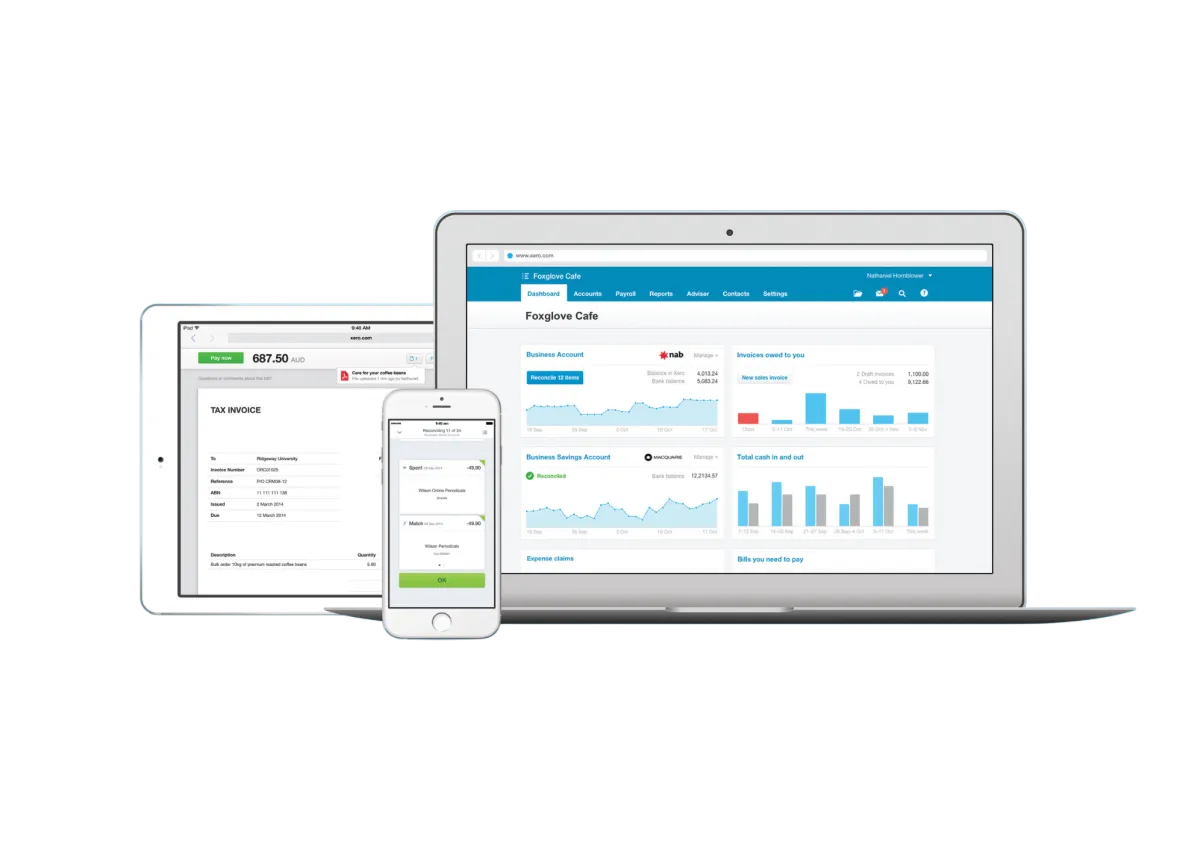
Get in touch
We'd love to hear from you. Here's how you can reach us:

Talk to us!
Interested in working together?
Give us a call

Contact us
Need a quote? A callback?
Send us an email and tell us what you need

Ready to free your time and achieve your financial goals?
ABOUT
Helping your business become financially successful by helping you understand your numbers
SATURDAY STRATEGY
Every Saturday you will get 1 actionable strategy to improve the cash flow in your business


